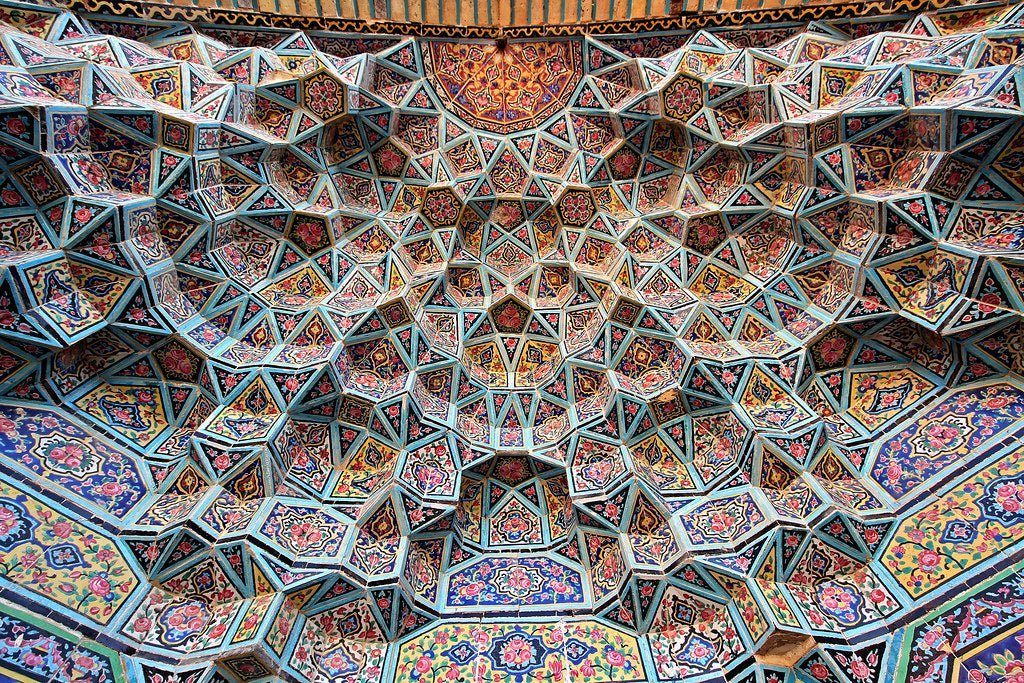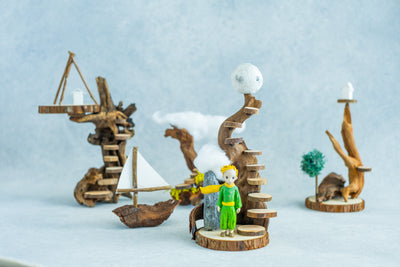Hey! I grew up in Turkey where beautiful mosques are everywhere. One thing that always amazed me about these mosques is the pretty patterns made of geometric shapes. These designs are not just for decoration – they have deep meanings and stories behind them. Let me share why these shapes are so important in Islamic art along with some personal stories.
Where Did These Patterns Come From?
Geometry and math have been very important in Islam. It started with calculating prayer times and Muslim mathematicians discovered many equations to determine the position of the sun which Muslims use as a reference to determine prayer times. The geometric patterns in Islamic art have been around for a long time. During the Ottoman Empire they were also used to highlight the significance of certain numbers, like the number of years a sultan was on the throne. For example, if you visit a mosque you will find many hidden numbers in it, like the number of windows or gates. When the sun hits specific places in the mosque it can represent the birthday of the sultan.
When I was a kid I used to love walking into the mosques with my family. The patterns on the walls and ceilings looked like they were dancing. At first these patterns were simple, on things like rugs and pottery. But over time artists made them more detailed and interesting. By the time I was in school these designs had become very intricate with lots of stars and shapes.
Why Do We Use These Patterns?
In Islam we don’t use images of living things in religious art. So we use geometric patterns. These designs help us think about spiritual ideas and remind us of Allah’s infinite nature.
I remember sitting in the mosque as a kid looking up at the patterns and feeling like they were telling me a story about the universe. These patterns are a way to connect with something greater than ourselves.
What Do the Shapes Mean?
Each shape in these patterns has a special meaning:
-
Circles: Circles mean unity and infinity, like Allah’s endless nature.
-
Squares: Squares stand for stability and balance.
-
Stars: Stars symbolize guidance and enlightenment, like the stars that guide us at night.
-
Triangles: Triangles represent the mind, body and soul.
As a kid I used to love tracing these shapes with my finger and imagine the stories they told. The star patterns always seemed to shine with knowledge and wisdom.
How Are These Patterns Made?
Making these patterns takes a lot of skill and patience. There are so many ways to do it. Geometry is at the core of this art. Artists use tools like compasses and rulers to get everything just right. When I tried to draw these patterns myself I realized how much effort it takes to make them look perfect!
Artists also use a special math concept called the golden ratio to make sure everything is balanced and beautiful. It’s amazing how math and art come together in these designs.
Patterns in Nature
One cool thing about these geometric patterns is that they’re inspired by nature. Just like the patterns you see in flowers or honeycombs, these designs show balance and harmony.
When I walk through gardens I see how these natural shapes mirror the designs in the mosques and I’m reminded of the connection between nature and art.
How Are These Patterns Used?
Artists use many different materials to create these patterns:
-
Carved Wood: Wood with patterns carved into it.
-
Stone Screens (Jali): Stone with patterns that look pretty and let light through.
-
Metalwork: Shiny metals like brass and copper with intricate designs.
-
Ceramics and Tiles: Colorful tiles with patterns that last long.
These patterns are not just art they’re a part of our culture and history, making spaces beautiful and peaceful.
How Do Patterns Influence Architecture?
These patterns have a big impact on buildings and decoration. They’re not just for show they also help with air flow and light. Walking through a mosque I always feel the harmony and balance these patterns bring to the space. They always represent something sacred. As Islam prohibits depicting real faces of sacred figures we choose to represent them with seamless geometric shapes. Also the representation doesn’t have to be of God or a prophet; it can be the universe or light.
Modern Uses
In the modern world we use Islamic patterns in mosques and in more commercial uses, like Turkish mosaic lamps for tourists. If you ever visit a mosque you will see all the patterns we mentioned in this article with your own eyes. It’s still a very alive practice in modern mosques and even some modern architecture.
Also many rug makers including young village girls create their rugs based on specific geometric patterns to express their feelings like love, sadness and happiness.
Conclusion
Islamic geometric patterns are part of our culture and faith. They tell stories of history, faith and creativity, they show us the beauty and depth of Islamic art. They’re not just decoration they connect us to our past and inspire us for the future.

